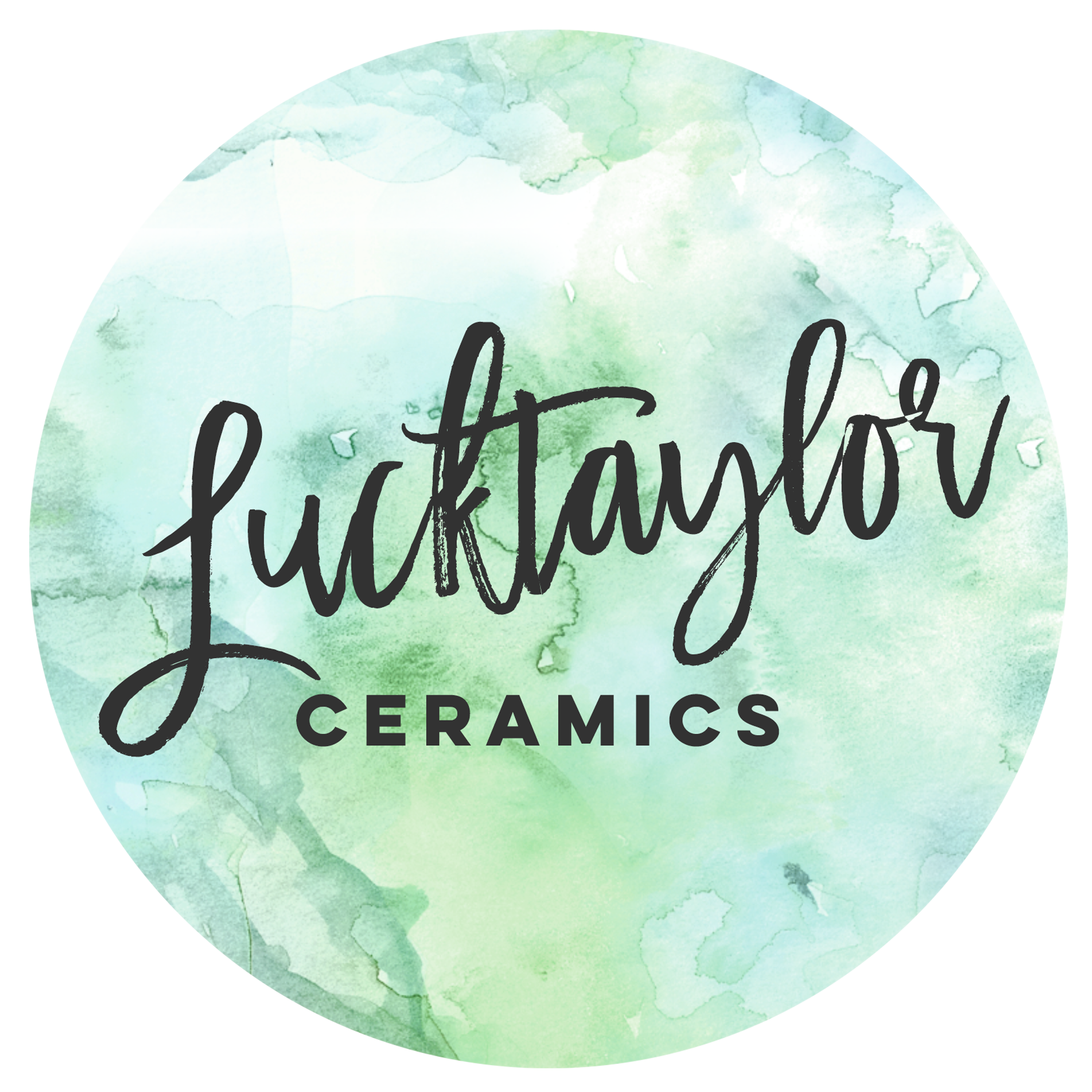What's the Best Clay to Use for Raku?
I often get asked what type of clay I use for my Raku fired pots. So I thought I’d share what I have learned over the years about different types of clay and why I stick to one type nowadays!
Choosing the Right Clay
There are a few things to consider when it comes to choosing the right clay for you to use to make pots which are going to be Raku fired.
The clay you choose needs to have enough grog in it so it can withstand the thermal shock of being taken out of a red hot kiln and cooled rapidly. Having said that I have seen porcelain slab built pieces survive a Raku firing!
Also whether you prefer to throw or hand-build. A heavily grogged clay may not be suitable for throwing but perfect for large hand-built pots. It really is a matter of personal choice and what you are trying to achieve.
Many people use T-material or a mix of T-material and porcelain. In general any stoneware or even crank clay would be suitable however there are also a variety of Raku clays available and when you are starting out it is a good idea to try a few different clays, if you can, so you can discover your own personal style.
Why Clay Colour is Important
The colour of the clay you choose will determine how the glaze responds, a darker clay would result in darker and muted glaze tones and would not be suitable if you want bright colours or for achieving a good contrast with the smoke for instance. Lighter clay bodies will result in brighter glaze colours.
Raku Pots I’ve made using Ashraf Hanna Raku Clay
My First Choice of Clay for Raku
I have used a variety of clays over the years and my favourite is a specialist Raku clay called Ashraf Hanna, which I use for my own work and also for my Raku courses.
It is more expensive than other Raku clays, but I love it for the following reasons:
Ashraf Hanna is a lovely clay to work with for hand-building and coiling both large and small pots and sculptures.
It has enough grog added to make it strong enough to withstand the Raku process but you can also get a really smooth surface.
Because you can get such a smooth finish it is excellent for burnishing which provides the perfect surface for the Naked Raku technique.
It hold it shape well and is not prone to warping and has a low shrinkage rate.
Once bisque fired it is white in colour, which means that the brightly coloured Raku glazes show up really well.
Coil built & burnished pots made with Ashraf Hanna Raku Clay



